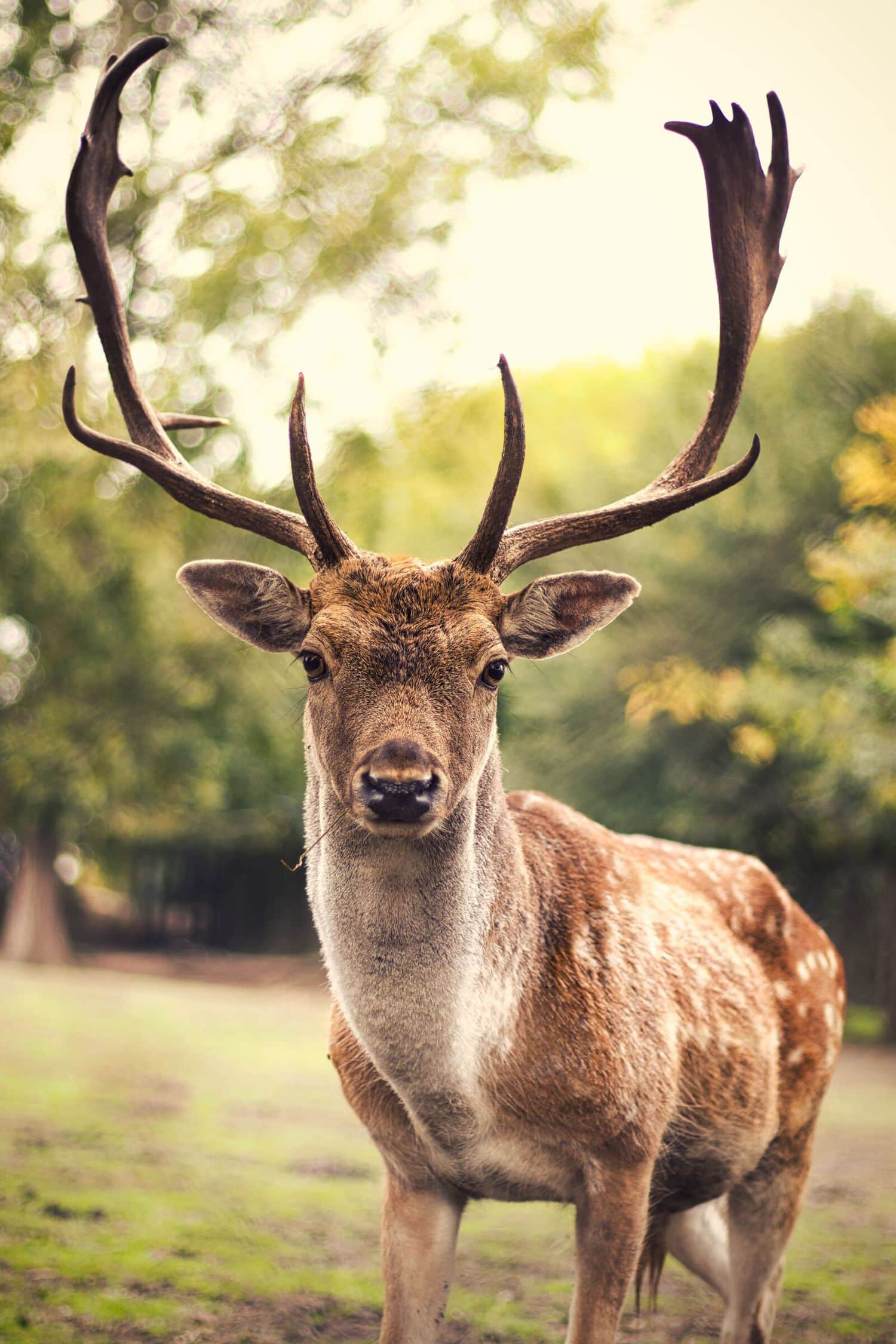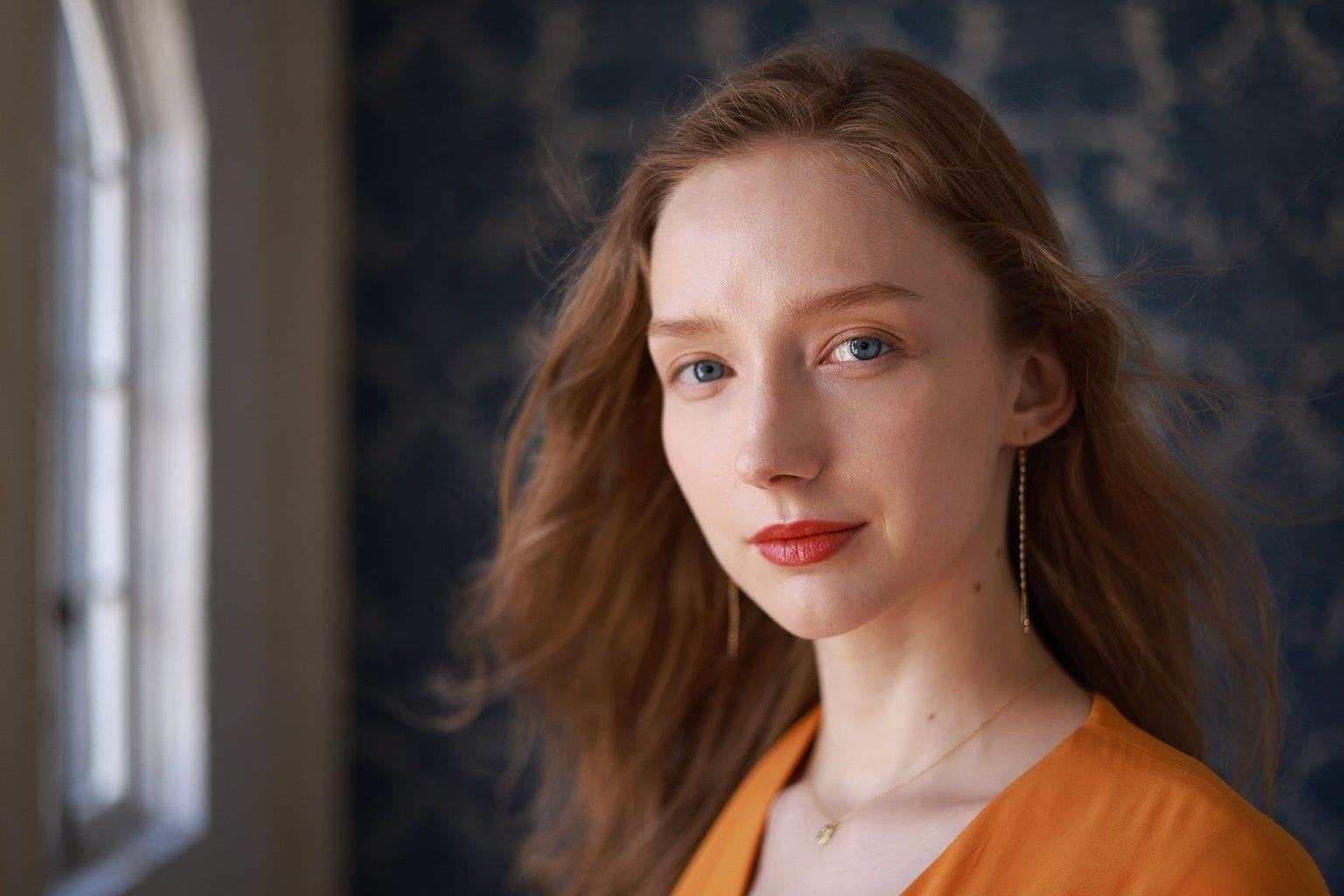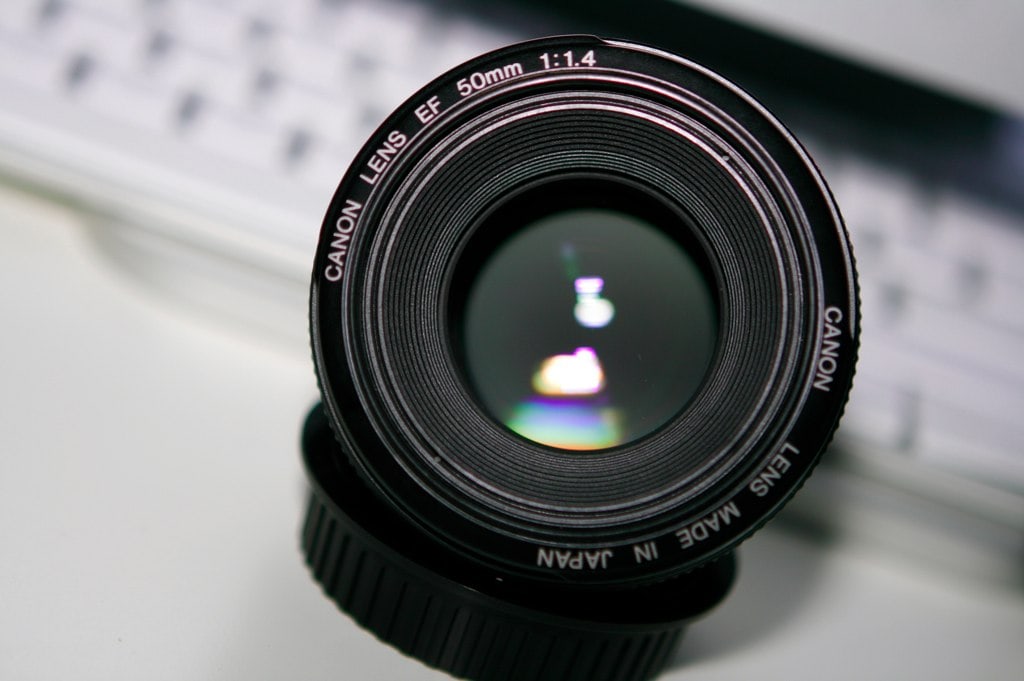The 50mm f/1.4 is Mario's favorite lens, the one he dubbed the King of lenses and the one I'm here to talk to you about today specifically for the Canon brand. By the way, if you are a Canonist, surely this Canon mega guide that we have published on the blog for you can help you resolve any questions you may have or understand a little more about the particularities of the brand and its products.
And it is that each brand has its own terminology and its characteristics that you have to know when you are a user. Surely it has ever happened to you that you have gone to buy a lens and you have started to see numbers and acronyms and you had no idea what they meant or why one was worth twice as much if it only differed in a small letter or they looked the same. That is the reason for today's article, to tell you the secrets of the Canon 50mm f/1.4 lens. Now, if you're looking for general goal information and recommendations, this is what you're looking for.
To convince you why it's so fantastic, we have an article dedicated to the King of Goals . Today I'm just going to tell you that:
- It captures images similar to those of human vision (in terms of distortions) and with a focal length that is very versatile, both for travel photography, street photography, portraits or even landscapes.
- It is a fixed optic that offers excellent sharpness.
- It is a very bright lens, which allows you to photograph in low-light environments as well as achieve impressive blurring.
Interesting, right? Are you already feeling like it?
Now, as I see that I have aroused your interest, we are going to focus on the aspects that you should know about this 50mm f/1.4 from Canon.
CANON 50MM F/1.4 MOUNT
Although we are talking about Canon, not all Canon lenses are compatible with all Canon cameras. Each type of camera has a different mount, so you have to find the one that corresponds to yours. In the blog we have this tool to check compatibility of Canon lenses, even so I will give you a brief summary:
- EF mount : circled in red and are for full frame EOS (full frame reflex) cameras, although they will also work for APS-C format SLRs.
- EF-S mount : They are represented by a white square and are for EOS with APS-C sensor (non-full frame reflex). They are not valid for full frame cameras.
- EF-M mount : with white circle, they are for EVIL (mirrorless cameras) with APS-C sensor.
- RF mount : with a red stripe they are for EVIL or full frame mirrorles.
Therefore, this is the first piece of information that you should take into account when buying your lens. If it's not compatible, it won't do you any good.
And what if you have an EOS M camera and there is no 50mm f/1.4 lens for this mount? You have the option of the EF mount lens adapter to EOS M. That is, you can use a valid lens for EF and EF-S mounts on cameras with EOS M mount using this adapter.
Now we are going to see other aspects that are important but not so important, because being compatible, they will work for you, it is already a matter of taste or needs ?.
CANON 50MM APERTURES
We are talking about the “king” that has an f/1.4 aperture. Many times you ask why there is such a difference in price between f/1.8 and f/1.4, for example, if there is only one stop difference. The answer is that, in addition to other differences that we will see shortly, this step is twice as much light input.
Worth? Yes always? No. You have to assess your budget and your needs. I have the 50mm f/1.8 and I'm happier than hell with it. If the difference is in having it or not having it because the budget does not reach you, do not hesitate, buy yourself the "prince of objectives" .
Now, if you tell me that you can afford it, go ahead, don't think about it. Or if you want to go one step further and launch into professional photography, then invest, make an effort and make this investment. Although you have to wait a little longer.
In this video (in English) he makes a comparison of both:
And at the pro level there is the 50mm f/1.2, which is more aimed at professionals, mainly because its price escapes the pocket of an amateur (it costs more than many SLRs, including mine ?).
- EF 50mm f/1.2L USM(for full-sensor reflex and APS-C)
- RF 50mm f/1.2L USM(for full sensor EVIL)
OTHER DIFFERENCES BETWEEN THE CANON 50MM F/1.4 AND F/1.8
As I told you, the light path from f/1.8 to f/1.4 is not the only difference. The focus motor is different, as well as the number of elements with which it is built or the diaphragm blades that determine the quality of the bokeh.
| focus motor | Items | Weight | Leaves | Minimum Focus Distance | |
| EF 50mm f/1.8 STM | STM | 6/5 | 159g | 7 | 0.35 |
| EF 50mm f/1.4 USM | MicroUSM | 7/6 | 290g | 8 | 0.45 |
And now we are going to see a photograph taken with each of them:
-

EF 50mm f/1.8 STM -

EF 50mm f/1.4 USM
WHAT DOES STM OR USM MEAN IN CANON?
Next to any Canon 50mm f/1.4 lens you will find the acronym STM or USM. This indicates the type of focus motor that they have incorporated:
- STM. Focuses quietly and more smoothly. Which makes them very appropriate for video.
- USM. It is the most common and the fastest when it comes to focusing.
If you put Nano USM, it is the most modern focusing system to date and combines the best of the above. If you do not put anything, it is the DC system, something older and more conventional, it focuses automatically but not with the same speed and precision as these three.
50MM FOCAL LENGTH
We're talking about the 50mm focal length all the time, but do you know what that means? The focal length, although it has a more technical definition, comes to represent the viewing angle that the lens is capable of capturing. So that you can see it more clearly, I leave you this graph.
As you can see, the 50mm corresponds to a Standard objective. This viewing angle of approximately 45º allows great versatility. That is, it is used for many types of photography. If you had to choose only one lens, this would be the one I would recommend. If you like portraits, details, social photography, travel or street photography, for example, it's perfect.
WHAT HAPPENS IF I ATTACH THE 50MM TO AN APS-C FORMAT CAMERA?
On Canon cameras with a crop factor, the equivalent distance is not 50mm but approximately 80mm. This implies that you get closer to the scene, but the type of vision is the same, it does not affect distortions or aberrations due to the more or less angular type of optics or the type of blur.
To learn more about the conversion or trim factor, we have this article where we explain it to you in more detail.
WHAT IF I WANT A 50MM EQUIVALENT FOCAL LENGTH BUT HAVE AN APS-C CAMERA?
If you want a 50mm equivalent focal length but have an APS-C format camera, it's best to get a 35mm, which on a Canon APS-C is equivalent to approx. 56mm. For example:
- Yongnuo YN35MM. f/2.0 maximum aperture, EF mount (suitable for APS-C and full frame format), with image stabilizer. Great value for the price.
- Canon EF 35mm f/2 IS USM. Also for EF mount, with the same aperture and image stabilizer, but a very different price. For more demanding photographers who need a faster focus and who prefer a Canon brand lens.
- Canon EF-S 35mm f/2.8 Macro IS STM. Only for SLR with APS-C format, which lowers the price of the previous one.
- Sigma 30mm / F 1.4 DC / HSM.Also for APS-C format SLRs is this Sigma whose equivalent focal length is 48mm.
- Meike 35mm F1.7 lens.EF-M mount (APS-C format EVIL), 1.7 maximum aperture, this compatible brand lens is really cheap.
CANON 50MM F/1.4 LENSES
- EF mount: remember, valid for full frame SLR and APS-C we have the EF 50mm f/1.4 USM for a price of €434.89 With very fast and silent focus. It is also compatible with the EOS M using the adapter.
CANON COMPATIBLE 50MM F/1.4 LENSES
In addition to those of the brand itself, there are lenses from other brands that are compatible with Canon, in this case we have one that stands out among canonists, it is a lens that does not disappoint the most demanding.
- Sigma 50mm DG HSM Art (EF Mount). A high-end lens with image stabilizer and hypersonic motor, 9 diaphragm blades and offering impressive quality.

50MM F/1.8 LENSES FOR CANON
There are Canon brand or compatible. They are next.
CANON EF 50MM F/1.8 STM LENS
- EF mount: valid for full frame and APS-C SLRs (and with EF-M using an adapter) we have the EF 50mm f/1.8 STM for an approximate price of 170 euros. With a smooth and silent focus, with f/22 minimum aperture and a 49mm diameter filter, its dimensions are 69.2 x 39.3mm and it weighs 159 g. You can more features in the table above.

You may come across an EF 50mm f/1.8 II secondhand (note that it has an “II” instead of the STM). They may be very similar but there are some differences, such as the focus motor (the model with STM is better), that it only has 5 diaphragm blades (7 for the STM) and that the minimum focusing distance is 0.45m instead of 0.35 offered by the one currently on the market. It is the one I have, in the article where I tell you about my equipment you can see some sample photos and how I use it.
- RF mount: for mirrorless or full frame EVIL there is the Canon RF 50mm F1.8 STM lens which costs €198.00. With STM motor, 6 elements in 5 groups, 7 blades, f/22 minimum aperture, 43mm filter diameter and dimensions 69.2 x 40.5 and 160g. Here's another example taken with this lens courtesy of Canon.

CANON COMPATIBLE 50MM F/1.8 LENSES
These are other Canon-compatible lenses you can find with this focal length and aperture:
- YONGNUO 50mm f/1.8: 6 lens elements in 5 groups, 0.45m minimum focusing distance, f/1.8-f/22 aperture, 52mm filter thread, 73 x 55mm 120 size g. For EF Mount.

- 7artisans 50mm f/1.8: 6 elements in 5 groups, 12 diaphragm blades, f/1.8-f/22, aluminum body, 168g. For EF-M mount (APS-C mirrorless cameras).


